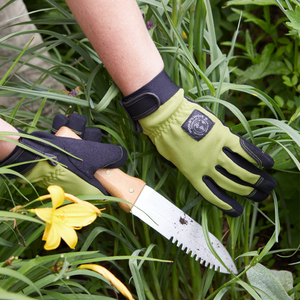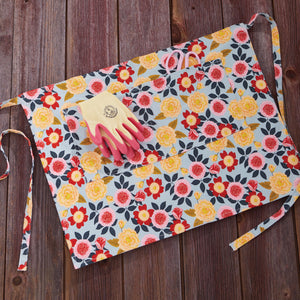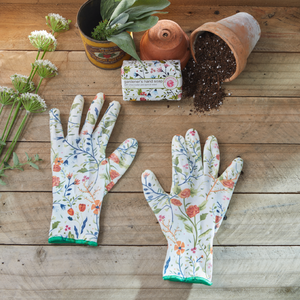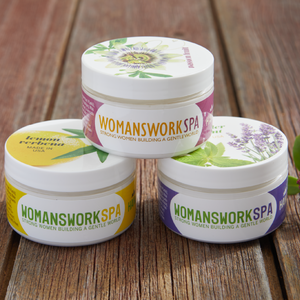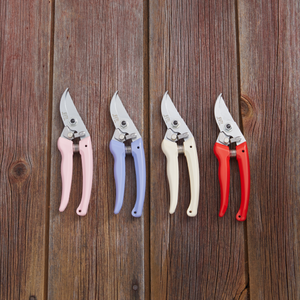Early last Spring I woke up one morning and decided that what my yard needed was a berm. Most berms, or mounds, are designed for privacy to block an unwanted view of the street or a neighbor's backyard. By creating a little hill and planting it with trees and other vegetation you can create a very attractive and effective screen. Fences are often used for this purpose too, but a berm is a more natural-looking solution.

In my case I was trying to create visual interest in a part of my yard that was dominated by two spruce trees that have been struggling to become established since I planted them 3 years ago. In addition, the trees sit in a low area of our yard and lots of weeds and even poisin ivy had started to take over. Rather than clear out the bad, I decided to bury it under a nice big pile of wood chips.

First I called my local supplier of mulch and top soil and asked them if they would deliver a truckload of woodchips, which they did. They were able to drop it right on the spot where I needed it. After grabbing my landscaper's rake and putting on my favorite pair of leather garden gloves, I spread it evenly across the area (what a workout!) and realized I needed another truckload. After that was delivered I had enough chips to create a 2' high berm over an area of approximately 20' X 30'. I piled them in front of the trees and left the ground around the trunks undisturbed. Since the ground was low in that spot some of the chips just helped level the ground.

A more sensible approach is to use top soil because it is more stable than wood chips. The problem with a pile of wood chips is they are full of air and they will settle and sink, lowering the height of your berm. But wood chips are much easier to move around and I wanted to try different shapes to see what would look best from a few different vantage points. Next Spring I will probably have more wood chips (or top soil) delivered and shore up my berm again.

Once I had the shape in place I started planting a few shrubs and perennials. I selected 2 flowering weigela and a red chokeberry shrub to plant in front of my two spruces. As they get larger I will probably transplant them to another location, but this year they were the perfect screen to hide the thinnish lower branches of my spruces, while not blocking the sun which spruces need. In front of the shrubs I planted catmint nepata and basket of gold (aurinia) with its silvery leaves and bright yellow blossoms; and baptisia carolina which did not bloom this year. We have some lovely large rocks that form a gentle slope along one side of the berm and I uncovered them and swept them off with my little bonsai broom so they would become a focal point of the berm also.


I left several hosta and ferns along the lower, shadier side of the mound. Left undisturbed, they thrived.

- Hosta and Ferns were left on the low shady side of the berm

Find similar articles:
How-To Projects